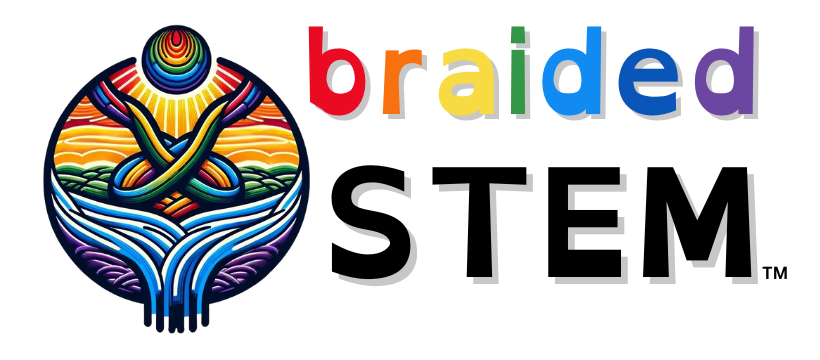Workshop Resources
LEGO STEM Activities for a Preschooler
17 ideas for engaging young learners using LEGOs
Read MoreNotice Phenomenon and Wonder Question Journals
Notice Phenomenon and Wonder Question Journals come in formats that are printer friendly and in Google classroom versions for both Slides and Docs. Great tools for helping students notice and wonder how the world works! Journal version included below include Notice Phenomenon and Wonder Question Journal. This is both pieces together and requires some assembly.…
Read MoreBinary #MicDropMath Build Your Own Cards
This lesson will demonstrate to students how to make the binary #MicDropMath cards. A common question when engaging students with the Binary #MicDropMath is: “Why are those numbers on the cards?” In this lesson, they will start with blank cards and put the numbers on the cards so they understand the numbers are not random.…
Read MoreM&Ms Are Phenomenal – #SciencingAndEngineering with @TheSTEMAZingPro
Teacher/Learning Coach Guide with Best Practices and Strategies for Engaging Students [Coming Soon!] Notice Phenomenon and Wonder Question Journal If you want to use this resource in Google Classroom, you can find a Google Slides version of the Notice Phenomenon and Wonder Question Journal here: Notice Phenomenon and Wonder Question Journal for Google Classroom…
Read MoreDry Erase Phun – #SciencingAndEngineering with @TheSTEMAZingPro
Teacher/Learning Coach Guide with Best Practices and Strategies for Engaging Students [Coming Soon!] Notice Phenomenon and Wonder Question Journal If you want to use this resource in Google Classroom, you can find a Google Slides version of the Notice Phenomenon and Wonder Question Journal here: Notice Phenomenon and Wonder Question Journal for Google Classroom…
Read MoreHuman Computers – Creative Message Communication
Believe it or not, there is a five-letter word encoded in the cards shown in the image. Start with lessons on the binary number system. Then, learn how computers use parity bits for error detection and correction. Finally, then learn how you can send messages back and forth using cardboard cards or cards with 0…
Read MoreProjectile Popper
Build this Projectile Popper using an empty 32 oz Gatorade bottle, a string, rubber bands, drill (other options), scissors, goggles, bead, ping pong balls, and a box cutter (or knife). (NOTE: Adults should prep the Gatorade bottle by cutting it with the box cutter and drilling the hole in the lid for young children.) Once…
Read MorePool Noodle Rocket
Build this Pool Noodle Rocket using, you guessed it, a pool noodle, duct tape, rubber bands, scissors, cardboard from a cereal box, a sharpened pencil, plastic knife, rocket fin template, ruler, sharpie, string, and a bead. Launch it using your thumb or use a meter stick to launch it and collect data on variables you…
Read MoreRattle Writer
Build this Rattle Writer using just a pool noodle, electric toothbrush (found for $1 at dollar stores), a plastic knife, washable markers, rubber bands, googly eyes (optional but fun), paper, duct tape, and a ruler. Once you have built your Rattle Writer, let the engineering begin! Can you get it to draw a straight line?…
Read MoreDensity: Condiment Packet Cartesian Diver
Using an empty 2-liter bottle, condiment packets (ketchup, mustard, mayonnaise, etc), water, salt, and a bowl, children will explore how to make the condiment back rise and fall at their command as they make a Cartesian Diver. Children will also learn about density and the density rule for sinking and floating.
Read More